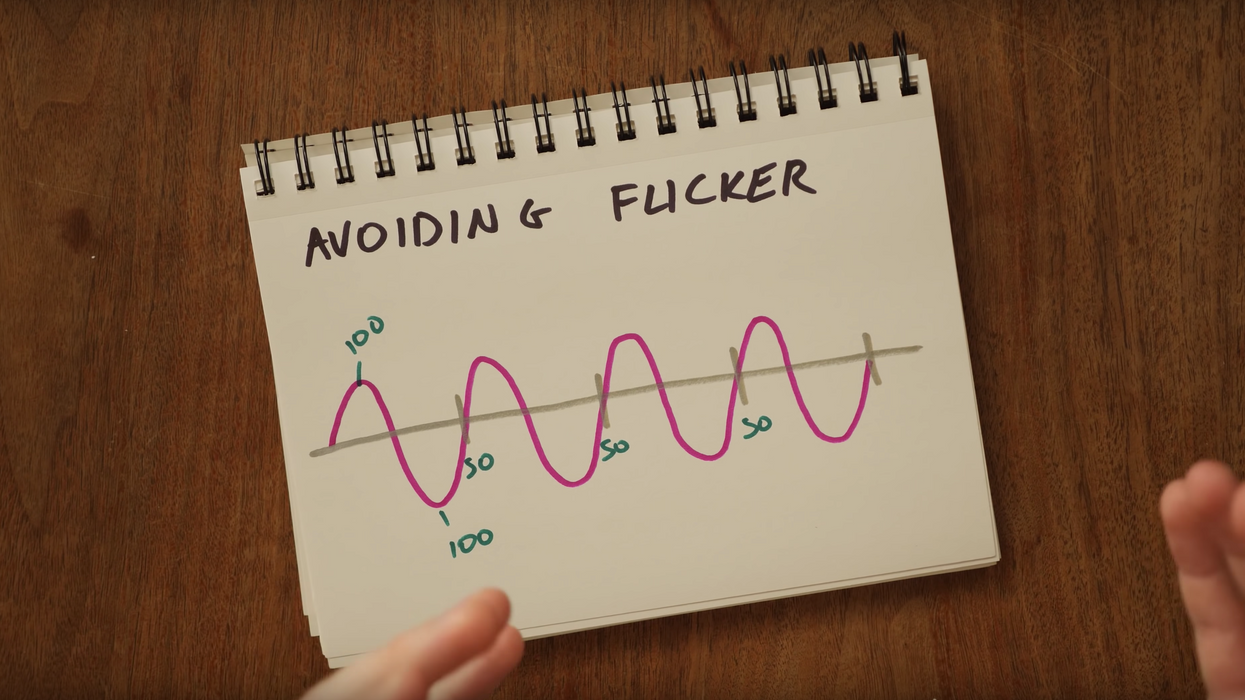Math for Filmmakers: 3 Calculations That'll Make Your Set Life Easier
Thought you could avoid math by being a filmmaker, didn't you? Well, guess what...

Math isn't everyone's cup o' tea. Lots of people hate it, very, very, very few love it. But you know what, you guys...everyone needs it...to some degree, at least...even filmmakers.
Luckily, working in film doesn't require you to understand advanced calculus or operator algebra...just memorizing a few simple calculations will do just fine.
In this video, Griffin Hammond of Indy Mogul breaks down a few very important and very simple mathematical calculations that you should know if you're going to be out there making movies.
While the vast majority of us got into filmmaking to express ourselves creatively, there is a pretty decent amount of math involved, which requires us to exercise our logic from time to time.
No problem. This stuff is easy, even if you're not a "math person."
Movie Math: F-Stop Scale
If you're going to be shooting a camera, you need to memorize the f-stop scale. Didn't know memorization was part of the deal? I'm sorry, baby, but it's really, really, really important. As Hammond explains in the video, all you need to do is memorize two numbers: 1 and 1.4.
If you can do that, all you have to do is double them to get the next two numbers on the scale: 2 and 2.8.
Double those to get the next ones: 4 and 5.6, double those to get the next ones: 8 and 11 (rounding down of course), then 16 and 22, and so on and so forth.
Movie Math: Shutter Angle
If you want to get that nice "film look", one thing you might want is cinematic motion blur. In order to get this, you'll have to know to calculate your shutter speed when your frame rate is set at 24 fps. I won't keep you in suspense: it's double the inverse of your frame rate...which would be 1/48 (or 1/50).
But Hammond goes over shutter angle, which is similar. The key is to be able to 1.) choose your frame rate, 2.) get proper exposure, and 3.) capture the motion blur you want.
Movie Math: Avoiding Flicker
So friggin' annoying, right? You go out and film some sweet slow-mo shots downtown only to come back and see that your footage has that damn flicker.
What do you do?
There's a calculation for that.
And you won't even have to change your frame rate...if you don't want to. You can change your shutter speed to match the sine curve of the lighting unit that's causing you problems.
Also, I can't help myself.

What are some other helpful math calculations you think filmmakers should know? Let us know down below.
Source: Indy Mogul












